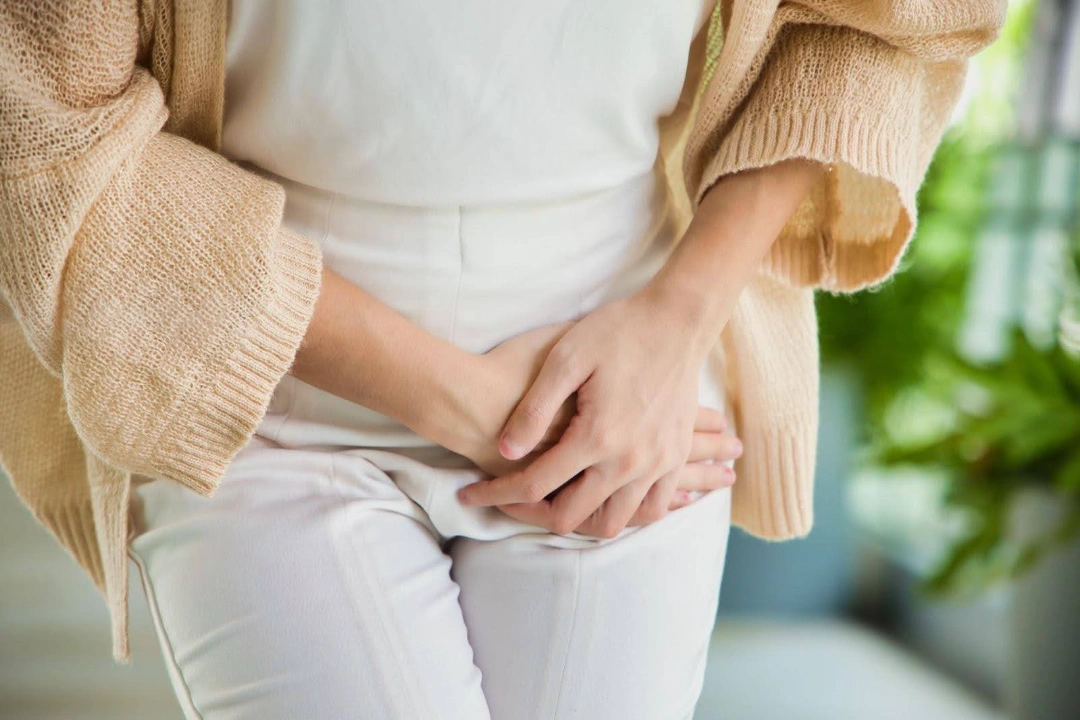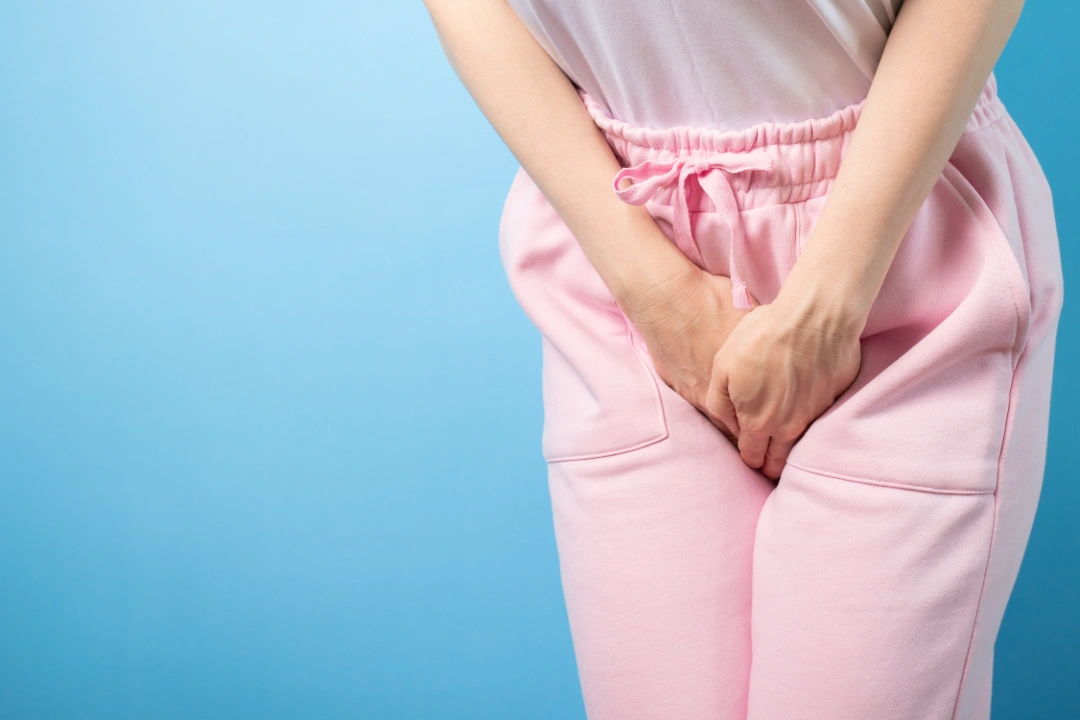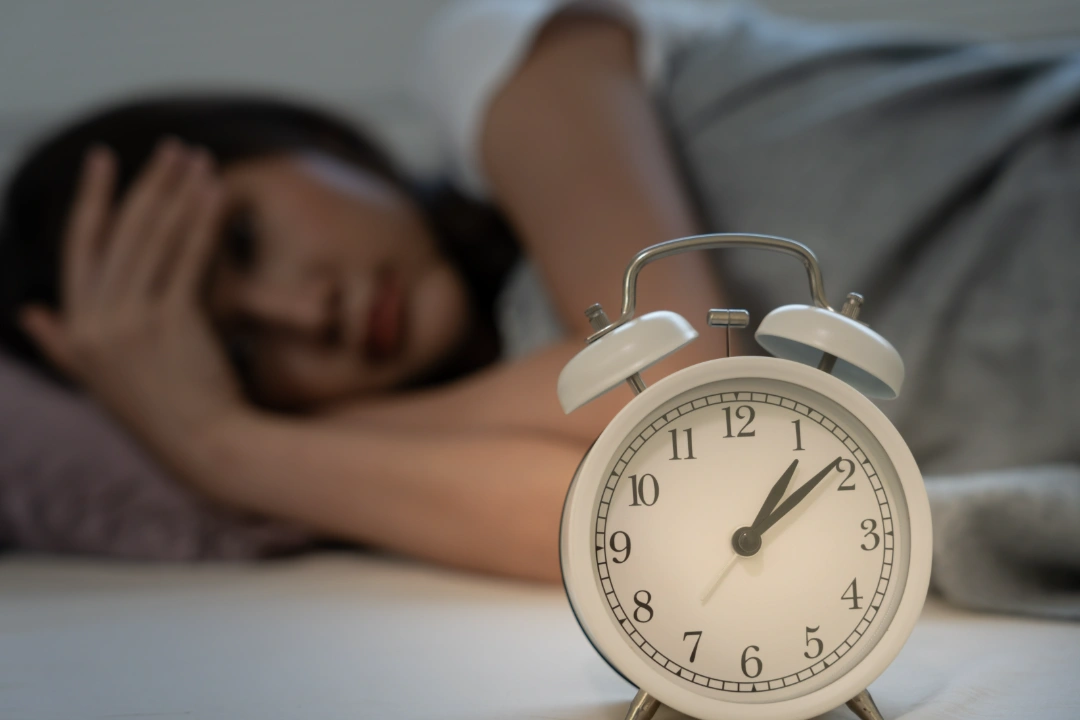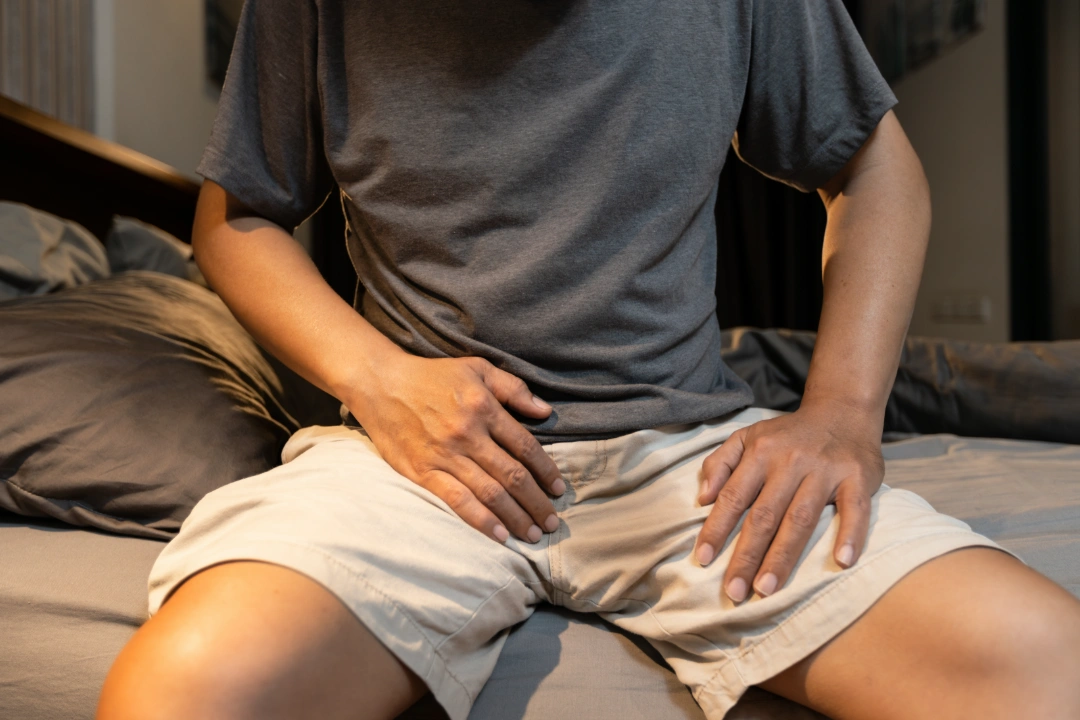Urinary incontinence is the involuntary leakage of urine, a condition that affects millions of people worldwide. While it is more common in older adults, it is not an inevitable consequence of ageing. It can occur due to various underlying causes, ranging from weakened pelvic muscles to neurological disorders. Urinary incontinence can significantly impact daily activities, emotional well-being, and overall quality of life, but effective treatments are available to help manage and, in many cases, resolve the condition.

Urinary incontinence is not a singular condition but a spectrum of bladder control problems. The main types of urinary incontinence include:
Urinary incontinence is a common condition that affects individuals of all ages and genders. Research suggests that up to one in three women experience some degree of urinary incontinence, with stress incontinence being the most prevalent form.
The likelihood of bladder control issues increases with age, as age-related changes in muscle function and nerve signalling can weaken the bladder’s ability to store and release urine effectively. Despite its prevalence, many individuals do not seek medical attention due to embarrassment or the misconception that incontinence is an unavoidable part of ageing. However, effective treatments are available, and early intervention can significantly improve bladder control and quality of life.
Urinary incontinence occurs when the bladder’s ability to store and release urine is disrupted due to underlying medical, physiological, or lifestyle factors. The causes vary depending on the type of incontinence, but they generally involve weakened muscles, nerve dysfunction, structural abnormalities, or medical conditions affecting bladder control. Understanding the root cause is essential for effective treatment and management.
While urinary incontinence can be distressing, identifying its cause allows for targeted treatments that significantly improve bladder control and quality of life.
Urinary incontinence can manifest in different ways, depending on its type and severity. While some people experience occasional leaks, others may have frequent or sudden urine loss that affects daily life. Recognising the symptoms can help in determining the appropriate treatment.



The severity and frequency of symptoms vary from person to person, and some individuals may experience a combination of different types of incontinence. Identifying these symptoms early allows for timely medical intervention and effective management.
Urinary incontinence can affect anyone, but certain factors increase the likelihood of developing the condition. In Singapore, lifestyle habits, ageing demographics, and common medical conditions contribute to a higher risk among specific groups. Understanding these risk factors can help with early intervention and prevention.
At Allen Sim Urology, we take a personalised and thorough approach to diagnosing urinary incontinence. Since bladder control issues can have multiple underlying causes, we use a combination of medical history, physical examination, and diagnostic tests to determine the type and severity of incontinence. This allows us to recommend the most effective treatment plan tailored to each patient’s needs.
Our doctors will discuss your symptoms, triggers, and lifestyle habits to identify potential causes and patterns of incontinence.
For women, this may include a pelvic exam to assess muscle strength, while men may undergo a prostate examination if necessary.
We may ask you to track your fluid intake, urination frequency, leakage episodes, and triggers over a few days to better understand your condition.
A simple urine test helps detect infections, blood, or other abnormalities that may contribute to incontinence.
Using ultrasound, we check how much urine remains in the bladder after urination to identify incomplete emptying, which can indicate overflow incontinence.
This assesses bladder pressure, muscle function, and urine flow to determine how well the bladder is storing and releasing urine.
A thin, flexible camera is inserted into the bladder to check for abnormalities such as tumours, stones, or structural issues.
For some patients, we may use a standardised absorbent pad test to measure urine leakage under controlled conditions.
Our approach focuses on improving bladder control, restoring confidence, and enhancing quality of life. Depending on the type and severity of urinary incontinence, we use non-invasive therapies, medication, and specialised medical procedures to achieve optimal outcomes.
We guide patients on fluid management, reducing bladder irritants (such as caffeine and alcohol), and adopting healthy bladder habits to minimise leaks.
For stress incontinence, we provide personalised pelvic floor muscle training to strengthen bladder support and improve control.
We prescribe targeted medications such as anticholinergics and beta-3 adrenergic agonists to relax the bladder and reduce urgency, as well as topical oestrogen therapy for postmenopausal women with incontinence.
Using specialised equipment, we help patients learn how to activate the right pelvic floor muscles more effectively.
For overactive bladder and urge incontinence, we use Botox to relax bladder muscles and reduce sudden, uncontrolled contractions.
We offer percutaneous tibial nerve stimulation (PTNS) and sacral neuromodulation (SNM) to regulate nerve signals and improve bladder function.
For some women with stress incontinence or pelvic organ prolapse, we fit a pessary device to provide bladder support.
We use injectable bulking agents to strengthen the urethra and reduce urine leakage in patients with stress incontinence.
For severe cases, we perform minimally invasive surgeries such as sling procedures, bladder neck suspension, and artificial urinary sphincter implantation to restore bladder control.
At Allen Sim Urology, we believe in patient-centric care and a tailored treatment plan, which addresses each patient’s unique symptoms and lifestyle needs. Our goal is to help you regain confidence and improve your bladder health with the most effective and least invasive approach possible.
If you are experiencing bladder control issues, schedule a consultation with us today for a personalised assessment and treatment plan tailored to your needs.
Yes, certain conditions like urinary tract infections, constipation, or specific medications can cause temporary urinary incontinence. Addressing the underlying issue often resolves the incontinence.
Yes, pregnancy and vaginal delivery can weaken pelvic floor muscles, which increases the risk of stress incontinence. Pelvic floor exercises post-delivery can help strengthen these muscles.
Absolutely. Non-surgical options include pelvic floor exercises, bladder training, lifestyle modifications, and medications. Consulting a healthcare provider can help determine the most ideal approach for your situation.
Yes, men can experience urinary incontinence, particularly after prostate surgery or due to conditions like an enlarged prostate. Treatment options are available and should be discussed with a healthcare professional.
While more common in older adults, urinary incontinence is not an inevitable part of ageing. Effective treatments are available regardless of age.
Yes, certain foods and beverages, such as caffeine, alcohol, and spicy foods, can irritate the bladder and worsen incontinence symptoms. Adjusting your diet may help manage symptoms.
If urinary incontinence affects your daily activities, causes distress, or is accompanied by other symptoms like pain or blood in the urine, it’s advisable to consult a healthcare provider for evaluation and management.